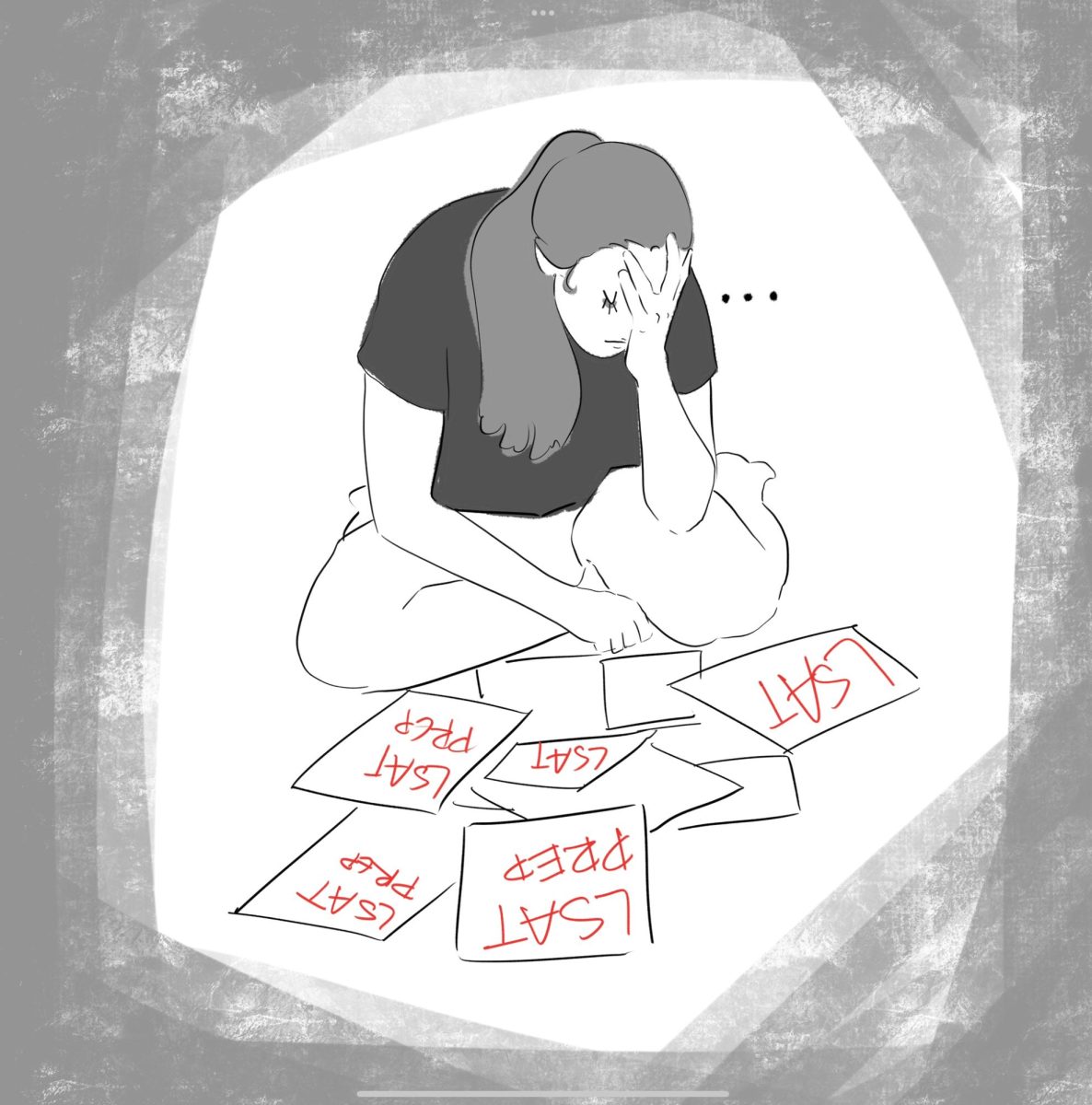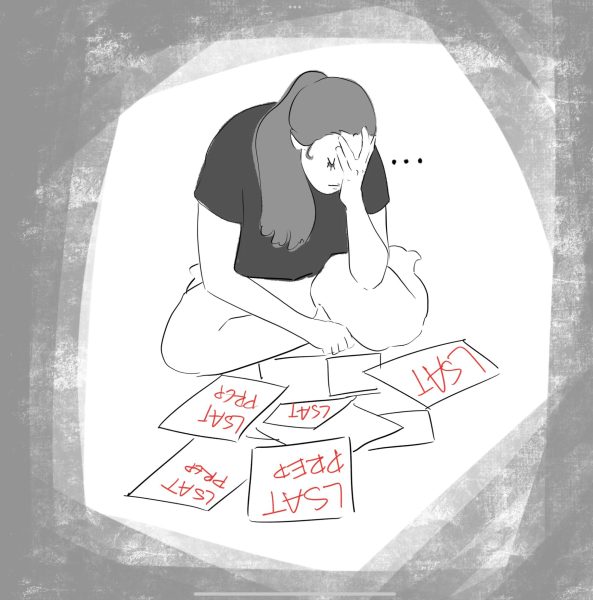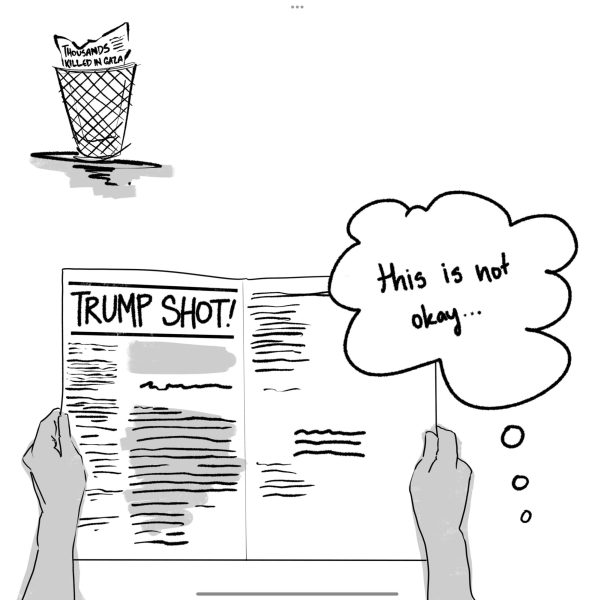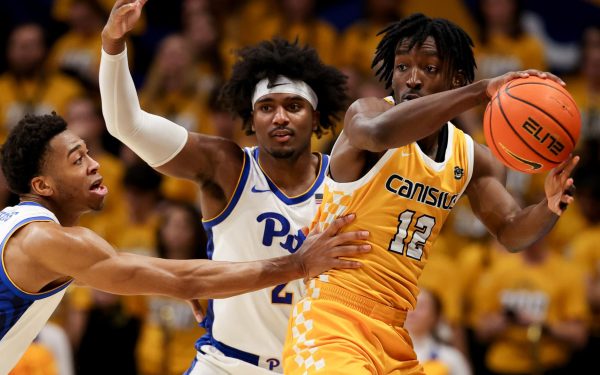March Madness: Huerbin: Offense will need to be consistent in Tournament
March 15, 2010
NEW YORK — It was just what the Panthers wanted.
They held Notre Dame to 50 points…. NEW YORK — It was just what the Panthers wanted.
They held Notre Dame to 50 points. They out-rebounded the Fighting Irish by five, 27-22. They stayed out of foul trouble and got 16 points from Brad Wanamaker.
But it wasn’t what the Panthers needed to beat the seventh-seeded Irish in their Big East tournament quarterfinals matchup. Notre Dame handed Pitt, coming off a double-bye, a 50-45 opening round loss on Thursday.
As has been the case throughout the season, Pitt shot inconsistently against Notre Dame. At halftime, the Panthers were 45.8 percent from the field on 11-of-24 shooting and trailed the Irish by three, 32-29.
By the end of the game, that number got worse. The Panthers missed 14 of their 20 field goal attempts — many in a late-minute and last-second push to send the game to overtime — and didn’t make any of their three three-point shots. Their field goal percentage dropped to 38.6 for the game and, aside from Wanamaker, only Jermaine Dixon reached double-digits with 10 points.
Ashton Gibbs, the team’s top point-getter, played a strong game, but the Notre Dame defense didn’t give him many opportunities to shoot. He finished the game with four points and missed his only three-point attempt.
“At the end of the day,” Head Coach Jamie Dixon said after the game, “we just got to shoot better. We’ve got to play better.”
The loss to Notre Dame in the Big East tournament wasn’t the first time Pitt struggled offensively. In a nonconference matchup against New Hampshire in December, the two teams set a Division I record in combining for just 22 points in the first half as Pitt led 15-7 at the break.
Against Notre Dame in a regular season matchup, Pitt shot 41.8 percent from the field and was only 4-of-18 from the arc in the 68-53 loss. Even in their upset win over Villanova on Feb. 21, the Panthers field goal percentage was 35.1.
But the Panthers have been on the upside as well. Against Marquette, the Panthers shot 54.8 percent from the field, and four of their five starters scored 10 points. Gibbs was the lone man out, scoring only two points off free throws.
The inconsistency on offense has often led to a strong defensive performance. Struggling to find the basket against Notre Dame on Thursday, the Panthers still held the Irish to 50 points in a low-possession game. And when then-unranked Pitt upset then-No. 5 Syracuse at the Carrier Dome on Jan. 2, the Panthers held the Orange to a 7.7 three-point shooting percentage.
The Panthers have played in close games throughout the season, like the three-overtime win over West Virginia or Gibbs’ last-second three-pointer to beat Rutgers, and the margin for inconsistency on the offensive side gets smaller as the season comes to a close.
As the Panthers get ready for their Tournament first-round matchup on Friday, finding the right balance between offense and defense will be the key if they hope to make a repeat appearance to the Elite Eight.
For Dixon, the inconsistency might come with a young team, but one that is ready to fix problems from the Notre Dame game.
“They’ve been called young, inexperienced all year, but they haven’t played like it,” Dixon said. “I think this will be a good learning lesson for us … I think this is something we can get better for.”







